I am trying to understand the minesweeper problem:
Problem statement:
Have you ever played Minesweeper? This cute little game comes with a certain operating system whose name we can’t remember. The goal of the game is to find where all the mines are located within a M ×N field. The game shows a number in a square which tells you how many mines there are adjacent to that square. Each square has at most eight adjacent squares. The 4×4 field on the left contains two mines, each represented by a “ * ” character. If we represent the same field by the hint numbers described above, we end up with the field on the right:
The test case

I am not understanding the problem. just explain me the problem so that I could solve it on my own. PLEASE DO NO EXPLAIN THE SOLUTION.
( I have already seen this problem and many others like this but they are not talking about the core programming problems , they are game projects. )